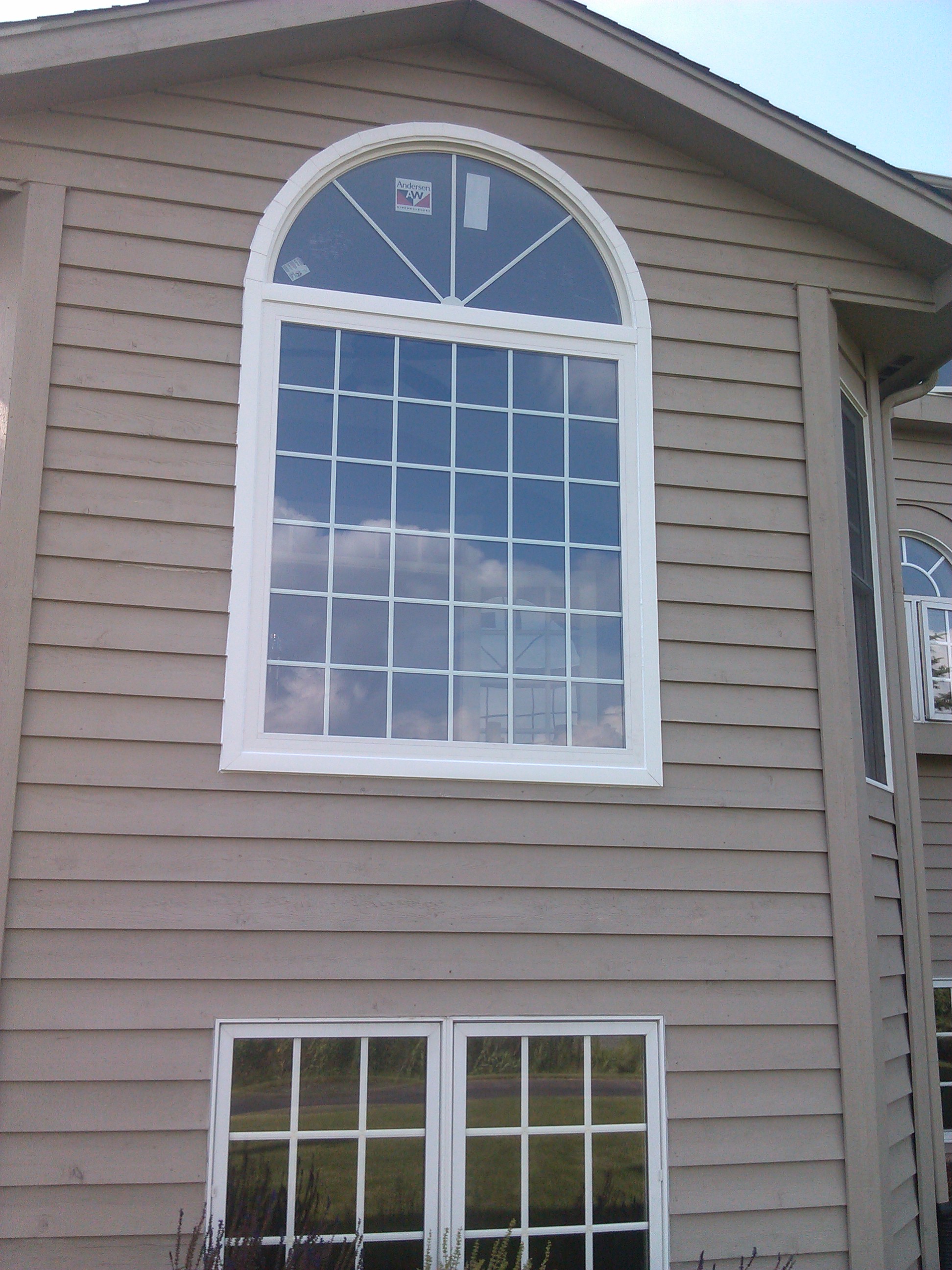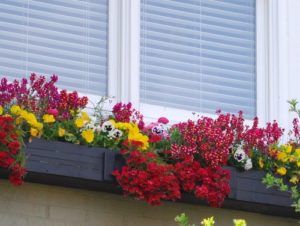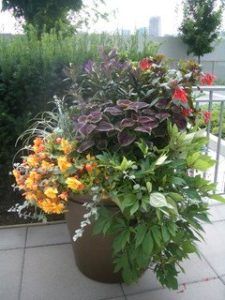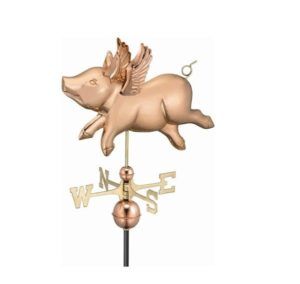 Your home’s windows are more than mere decoration. In addition to enhancing your home’s beauty, they influence its interior temperature, affect your monthly energy bills, and dampen outside noise. They can even provide an excellent selling point when the time comes to sell your home. Those are just some of the many reasons to install new, quality replacement windows in Des Plaines and Naperville.. The biggest challenge you’ll likely face is choosing from among the range of options available to you. The following guide will take you through the various styles and materials so you can make the best possible selection for your home.
Your home’s windows are more than mere decoration. In addition to enhancing your home’s beauty, they influence its interior temperature, affect your monthly energy bills, and dampen outside noise. They can even provide an excellent selling point when the time comes to sell your home. Those are just some of the many reasons to install new, quality replacement windows in Des Plaines and Naperville.. The biggest challenge you’ll likely face is choosing from among the range of options available to you. The following guide will take you through the various styles and materials so you can make the best possible selection for your home.
Familiarize Yourself With The Available Window Styles
Replacement windows come in a wide range of styles. The “right” choice is the one that perfectly suits your style preferences and performance expectations. The most important thing to remember is that each style has its respective strengths. Sliding models are good at creating a seal. In doing so, they prevent air leaks. These systems come with two sashes. In some, one of the sashes slides horizontally while the other remains stationary. In other models, both sashes slide. Double-hung systems are the time-honored archetype that usually comes to mind when discussing a replacement windows. These models come with two sashes; one slides down while the other slides up. They’re ideal for bathrooms and bedrooms. Unlike sliding and double-hung systems, awning windows don’t slide. They open. Hinges at the top allow you push the window outward so that it functions like its namesake. Commonly found in living rooms, bedrooms and basements, this model provides superior ventilation and an unobstructed view. Casement windows are similar to awning windows. The difference is in the placement of the hinges. Rather than being found at the top, they’re located on one side. As with awning systems, the window is pushed – or cranked – outward to provide ventilation. Bay and bow window systems are composed of three or more distinct sections. They extend outward from the home, creating a dramatic visual effect. Often found in living rooms and bedrooms, they provide a broader view than traditional models. Specialty windows are designed primarily for aesthetic appeal. They seldom open. They come in a wide array of styles, some simple and others ornate.
Choose Your Preferred Window Materials
The range of materials used in window construction is just as varied as the range of styles. The most common materials include wood, clad-wood, fiberglass, vinyl and aluminum. Wood and clad-wood are the most popular choices. Wood is popular because it can be painted and stained to highlight its grain. Its durability and ability to provide insulation are additional advantages that appeal to homeowners. Clad-wood is made of wood on the interior and a vinyl cladding on the exterior. It offers the rustic appeal of natural wood from inside the home, but comes with a vinyl covering on the outside that can easily withstand the elements. A fiberglass replacement windows offers numerous benefits. It’s highly-durable, low-maintenance and energy efficient. It’s also impervious to flaking, peeling, fading and other problems. Fiberglass doesn’t decay or deteriorate. Hence, the material can be expected to last for decades. Well-designed vinyl windows, such as those manufactured by Alside, offering a surprising level of durability and energy efficiency. Many homeowners choose this material because it’s easy to maintain. Like fiberglass, it won’t flake, peel or crack.
Will Your Window Replacements Be Energy Efficient?
As we mentioned above, some styles and materials are naturally energy efficient. They prevent air leaks and minimize heat loss. The homeowner typically enjoys lower monthly energy bills after installing them. But energy efficiency is also determined by the glass portion of the windows. Consider that many models of the past were designed with a single pane of glass. It offered little in the way of insulation. Today, many windows are designed with two panes of glass. In addition, the glass is often enhanced to conserve energy. For example, Low-E glass is often used in today’s window systems. The glass is treated with a special glazing that reflects heat while allowing light to filter through it. As a result, the home’s interior is kept cool during warm days. To get an idea of a particular window’s energy efficiency, take a look at its R-value and U-factor. The former measures how well the glass resists heat transfer. The latter measures the rate of heat loss – essentially, the opposite of the material’s R-value. Choosing a home windows replacement may seem intimidating due to the wide variety of options available to you. Once you’re familiar with the different styles and materials, the rest is simple.





